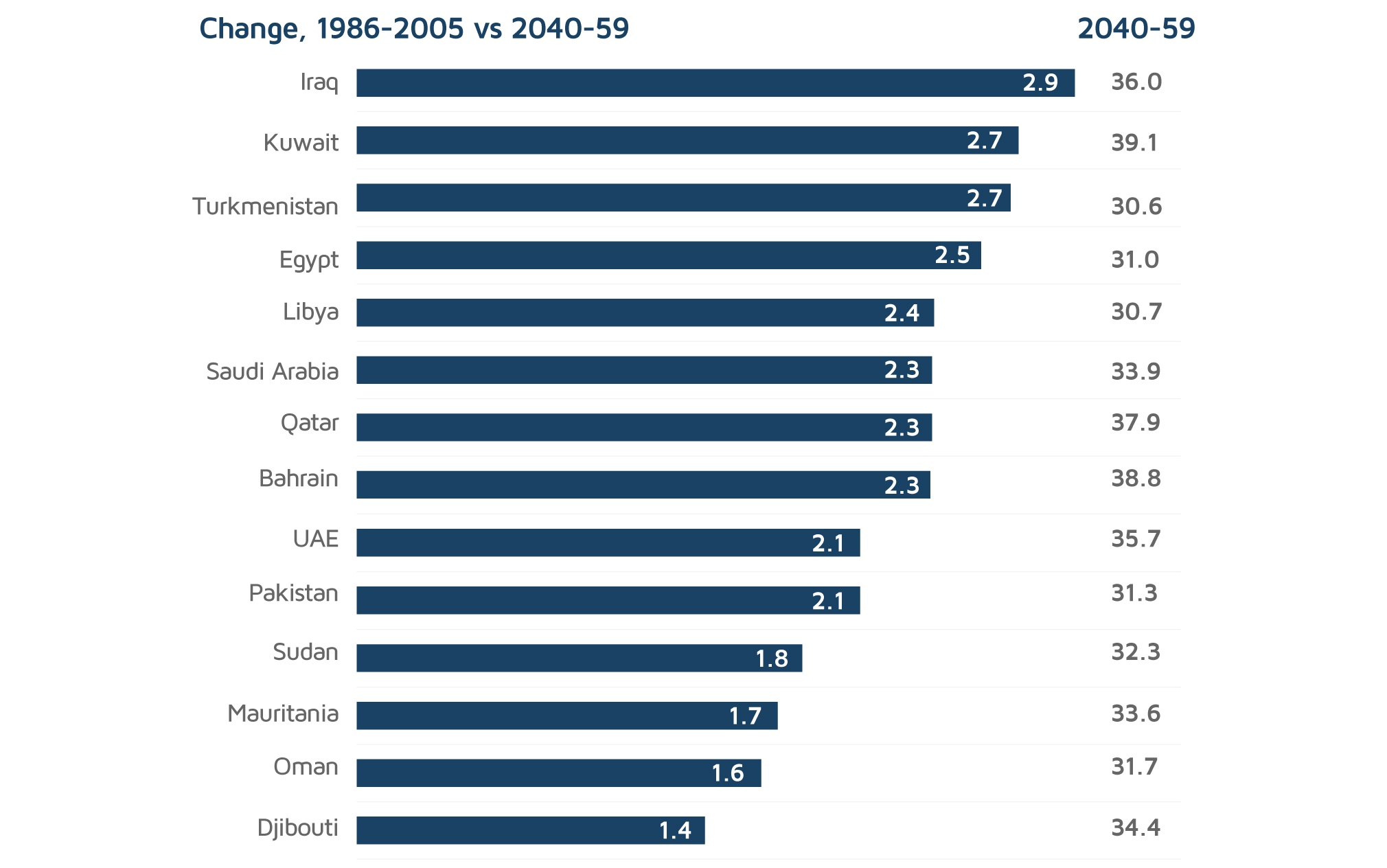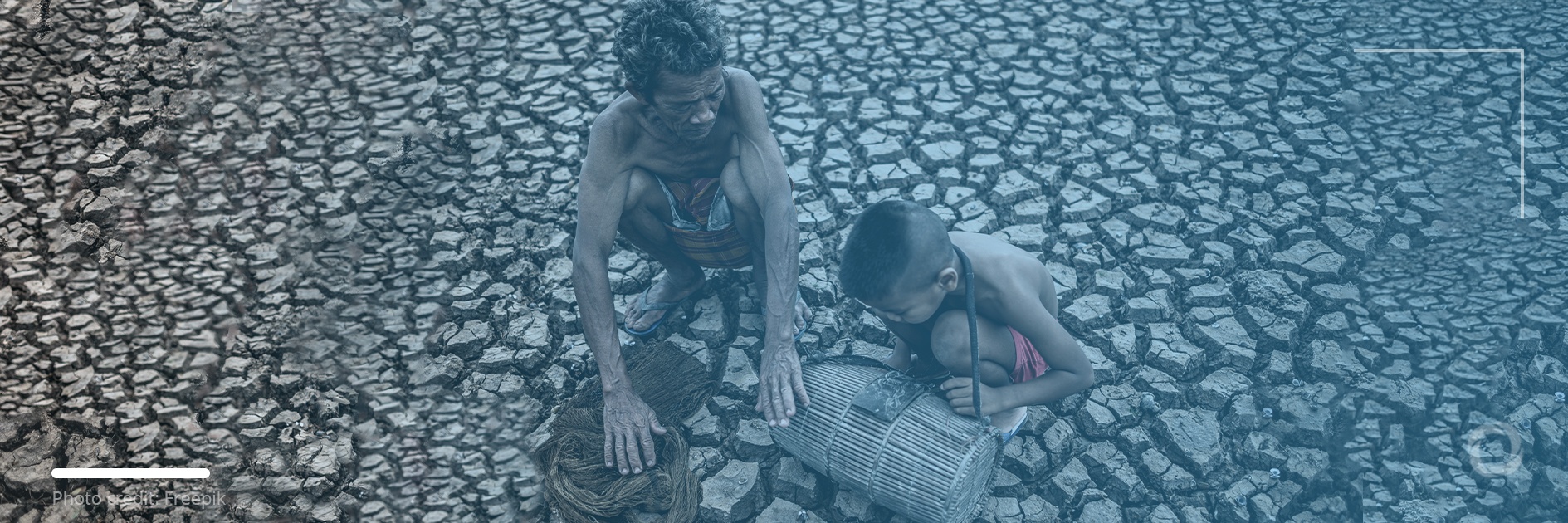Climate change, one of the greatest challenges humanity has ever faced, has already exacerbated existing climate-related problems in the desertification-prone Middle East and Central Asia region. The abnormal increase in air temperature in the region has pushed countries into absolute poverty, jeopardized economies, and endangered the lives of millions of people. An IMF staff paper highlights the urgency for climate adaptation in the region, noting the importance of multilateral and bilateral sources in the presence of limited fiscal space across the countries.
The largest part of the region, which spans across the Arabian Peninsula to the Southern Caucasus and Hindukush mountains, has diverse and harsh climate zones where climate change has exacerbated the already existing issues related to water stress and rising sea levels. As a consequence, global warming has triggered economic disruption, challenged public health and food security, and affected poverty, inequality, and the state of conflict across countries.
According to a recent staff paper published by the IMF, in the Middle East and Central Asia region, the temperature has increased by 1.5° C since 1990 which is double the global rise of 0.7° C. Furthermore, compared to other regions, the precipitation levels have become more irregular and droughts and floods have become more frequent.
IMF Managing Director, Kristalina Georgieva, noted that this situation is worth particular attention.
“Over the past two decades, the frequency and severity of climate-related disasters here have been rising faster than anywhere in the world. Droughts in North Africa, Somalia, and Iran. Epidemics and locust infestations in the Horn of Africa. Severe floods in the Caucasus and Central Asia. The list of disasters is quickly getting longer. This century — in an average year — climate disasters in the Middle East and Central Asia have injured and displaced 7 million people and caused more than 2,600 deaths and US$2 billion in physical damages.”
According to IMF predictions, half of the countries in the region are expected to record temperatures above 30 degrees Celsius by 2050 during the summer months.

Should global warming be limited to 2-3°C by 2100, the mortality-related costs in the Middle East and Central Asia region are expected to be higher compared to other regions.

Adaptation – an urgent priority
The IMF paper stresses the urgency for climate adaptation in the Middle East and Central Asia region. It emphasizes that although there is no universal solution to every situation, adaptation must however be fully embedded in every country’s medium-term agenda for inclusive growth. The paper states that if implemented properly, “no-regret” measures can also enhance climate resilience.
Therefore, according to the paper, countries in the region will need a significant amount of additional finance their adaptation plans to bring to life. According to current estimates, when public infrastructure investment needs are covered in a moderate-emission scenario alone, over the next 10 years adaptation is expected to reach 3.3% of GDP per year for a single country in the region. However, as many economies in the region are already restricted with regard to their fiscal space, especially in this post-pandemic period, the IMF advises governments to refer to various multilateral and bilateral donors to secure financing for their adaptation plans.

